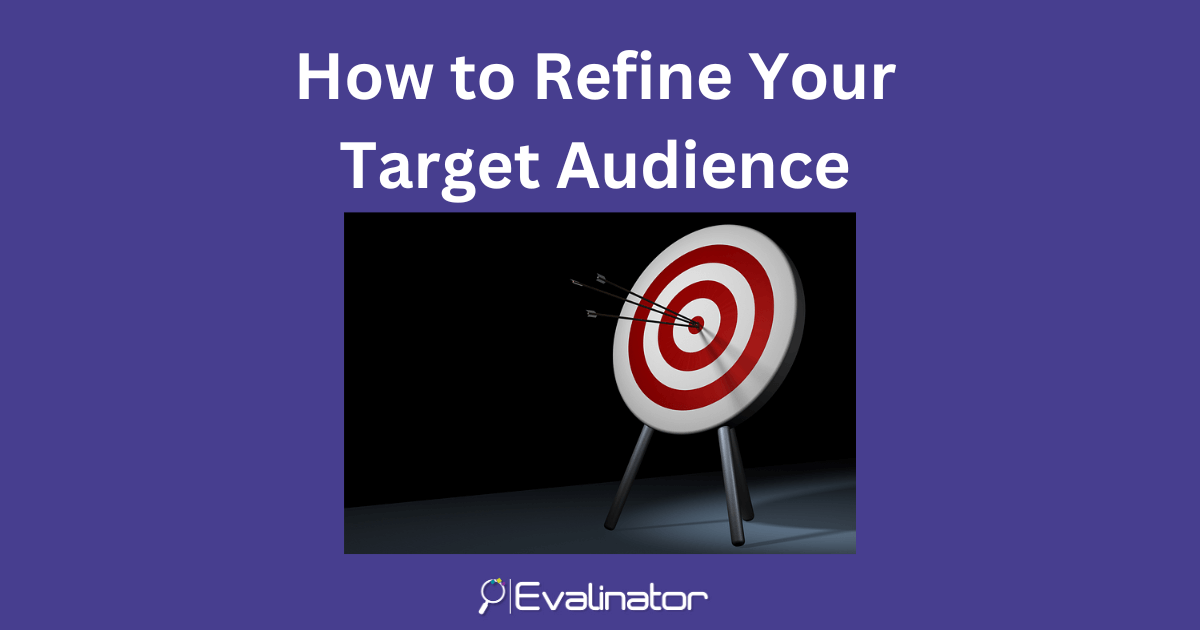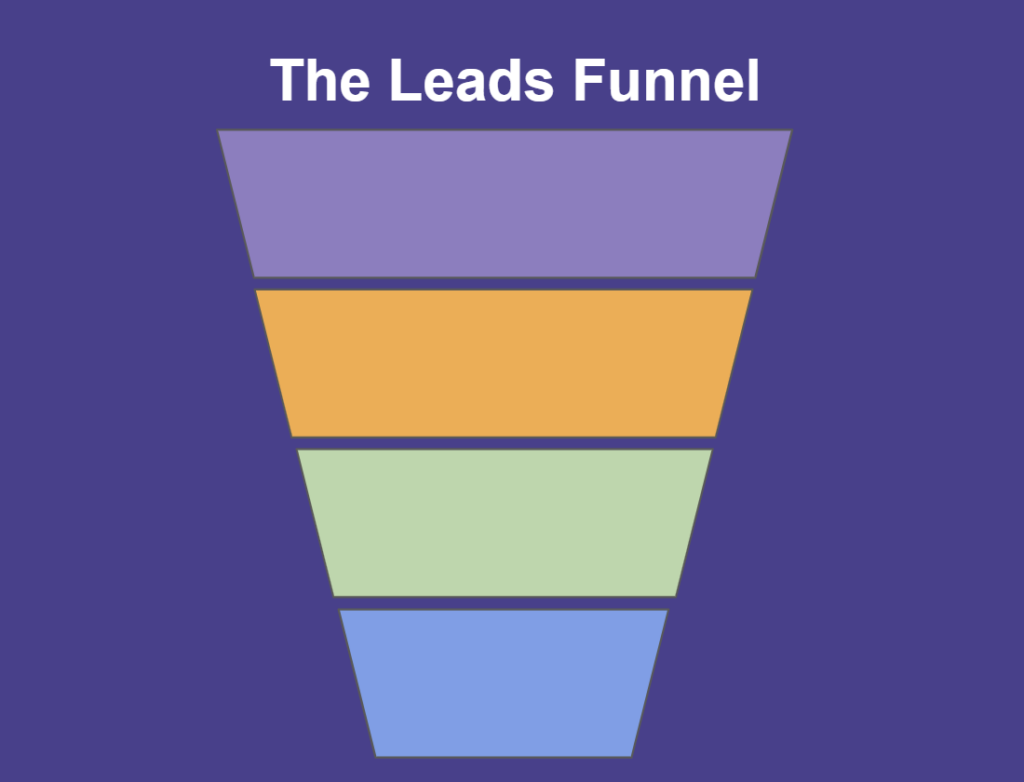


One of the most important steps in sales & marketing is to refine your target audience.
You started your business to solve a problem, and you already have a general idea of your market.
But growth is slowing and you are having trouble sharpening your message. That’s why refining your target audience becomes important.
In this article, we’ll walk through the key factors to consider as you refine your target audience.
When growth slows down, business owners often realize that something isn’t quite working.
The problems:
These are common traps. Instead of doubling down on their strengths, business owners often spread themselves thin, making marketing harder and conversions lower.
Here’s what this looks like in practice:
If you feel like you’re spinning your wheels, struggling to attract the right clients, or seeing slow growth despite doing “all the right things,” your audience definition might be the issue.
The good news? You don’t need to start from scratch—you just need to refine your focus.
When you understand your audience, you can craft messages that speak directly to their needs, interests, and pain points.
Imagine you’re a business coach offering leadership development programs for mid-level managers who want to advance in their careers. Without defining your target audience, your messaging might look like this:
❌ Generic Message:
“Unlock your full potential and become a great leader!”
This statement is broad and doesn’t address a specific need. Now, let’s refine it based on a deeper understanding of the audience.
✅ Targeted Message (Based on Audience Research):
“Struggling to transition from team member to team leader? Our leadership development program gives mid-level managers in the financial services sector the skills and confidence to lead high-performing teams and get noticed for promotions.”
And they can create a customizable Wheel of Life to support their messaging.
If your marketing speaks directly to the right people, they’re more likely to take action.
For example, a tech consulting firm helps mid-sized businesses move to the cloud. Without a clear audience definition, their messaging may not connect with the right decision-makers.
❌ Generic Call-to-Action:
“We offer IT consulting. Contact us today!”
✅ Audience-Specific Call-to-Action:
“Still using on-prem servers? We help mid-sized businesses move to the Microsoft Azure cloud to reduce maintenance costs, improve security, and make scaling easier. Schedule a free consultation to see if it’s the right fit for you.”
And they can create a cloud maturity model to generate leads.
Knowing your audience helps you focus on the right channels. This saves time and budget while increasing effectiveness.
Consider a sales consultant who helps business coaches and consultants close more high-ticket clients. If they don’t define their audience, they might waste resources advertising on platforms where their ideal clients don’t hang out.
❌ Inefficient Marketing Approach:
Running generic Facebook ads targeting “business owners”
Cold-emailing random small businesses
✅ Targeted Marketing Approach (Based on Audience Research):
Running LinkedIn ads targeting executive coaches making $50K+ per year
Hosting free webinars on “How to Sell High-Ticket Coaching Without Feeling Salesy”
A well-defined audience helps you improve your products and services. By understanding their pain points and desires, you can develop solutions that meet their specific needs, giving you a competitive edge.
An executive coach works with corporate teams to improve sales performance. Initially, they create a broad training program on “How to Sell More Effectively,” but it doesn’t gain traction because it’s too general.
❌ Broad Offering:
A sales training covering negotiation, prospecting, client relationships, and closing deals
✅ Refined Offering (Based on Audience Research):
A workshop for B2B sales teams on “How to Shorten the Sales Cycle with Consultative Selling”
These are all examples of how you can generate great results by simply taking a step back to refine your target audience.
The marketing consultant shouldn’t start by asking, “What age range or job title should I target?” but rather, “What type of businesses benefit most from my marketing strategies and want/can pay for my services?”
The career coach shouldn’t begin with “What are my clients’ psychographics?” but rather, “Which type of clients would have the budgets to spend on my services?”
This step involves 4 things:
Past Successes: Who has gotten the best results from their services so far?
Market Demand: Where is there a real need for their expertise?
Strengths: What industries, challenges, or business types do they know best?
Profitability: Which clients have the budgets and urgency to invest in their services?
Only after this step does it make sense to refine the audience based on demographics, psychographics, and behaviors. Otherwise, you risk defining an audience without anchoring it to a profitable or strategic niche.
With that out of the way, let’s dig into refining your target audience for better sales and marketing.
To refine your target audience, you need to consider multiple aspects. Let’s break them down step by step.
Demographics provide the basic information about your audience. Consider the following:
Example: A B2B software company may target mid-level managers with MBAs who reside in New York who make purchasing decisions in tech companies.
Psychographics go beyond basic information and look at the attitudes, values, and behaviors of your audience:
Example: A fitness coach targeting busy professionals may focus on convenience and efficiency in workout plans rather than long gym sessions.
Behavioral insights help you understand how your audience engages with content and makes purchasing decisions:
Example: A clothing brand for Gen Z might focus on TikTok marketing and influencer collaborations instead of traditional ads.
To define your audience accurately, you need real data. Here’s how you can gather it:
Example: An online course creator might survey their email list to learn what topics resonate most before launching a new course.
Once you gather data, you may find that your audience consists of multiple segments. Here’s how to refine your approach:
Develop fictional profiles of your ideal customers. Include their name, age, job, interests, challenges, and buying behavior. This helps personalize your marketing efforts.
Example: “Sarah, 35, Marketing Manager, struggles with generating high-quality leads and prefers detailed guides over short blog posts.”
Audience preferences can change over time. Continuously test your marketing strategies and adjust based on performance. If your sales campaign isn’t performing well, analyze whether the audience targeting needs tweaking.
Defining your target audience isn’t a one-time task.
First analyze the profitability and your fit for a segment. Then dig into demographics, psychographics, and behaviors to create the right personas.
It will lead to better engagement, higher conversions, and long-term success.
Note: Did you know that quizzes can improve lead conversions by 3-5 times. Get started within minutes on Evalinator!

Feeling frustrated with lead generation?
Take this free, 5-minute quiz and get more prospects into your leads funnel.
Instant Results. Actionable recommendations. Email required.
Find Your Score >>